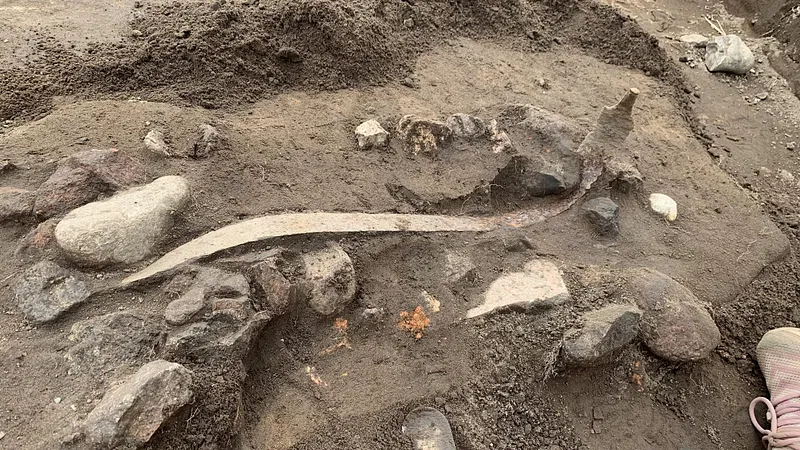Discovering Malta’s Prehistoric Temples
The megalithic temples of Malta are among the most ancient structures in Europe, dating back to around 3600 BCE. These awe-inspiring sites, including Ħaġar Qim, Mnajdra, and Ġgantija, predate even the Egyptian pyramids. Their intricate design and alignment with celestial events suggest that early Maltese civilizations possessed advanced knowledge of astronomy and religious practices.
Purpose and Function of the Temples
These temples served as spiritual and ceremonial centers, evidenced by the discovery of altars, statues, and remains of ritualistic animal sacrifices. The temple layouts, consisting of apses and interconnected chambers, indicate their use for processional rituals and communal gatherings. Furthermore, the alignment of certain structures with the solstices suggests their role in tracking seasonal changes and agricultural cycles.
Insights into Early European Societies
The construction of Malta’s temples reflects the sophisticated organization and technological expertise of prehistoric European communities. The scale of these structures required significant planning, skilled labor, and specialized roles, including builders, artisans, and spiritual leaders. The presence of intricate carvings and figurines, often depicting deities or fertility symbols, points to a belief system centered on nature and ancestor worship. Additionally, the temples’ prominence suggests the existence of hierarchical societies with well-defined leadership structures.
A Legacy of Human Ingenuity
Malta’s megalithic temples offer profound insights into the spiritual, social, and technological achievements of early European civilizations. Their architectural complexity, celestial alignments, and cultural significance highlight the ingenuity and dedication of their builders. As some of the world’s oldest free-standing structures, these temples remain enduring symbols of humanity’s deep-rooted connection to the cosmos and the sacred traditions of prehistoric societies.







